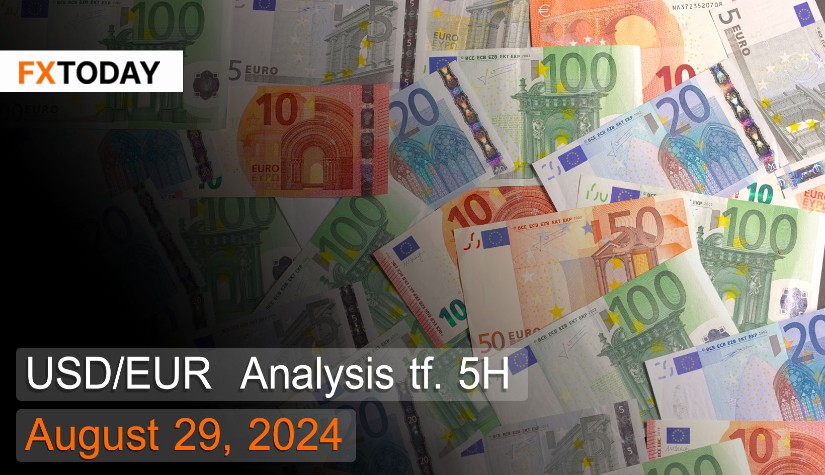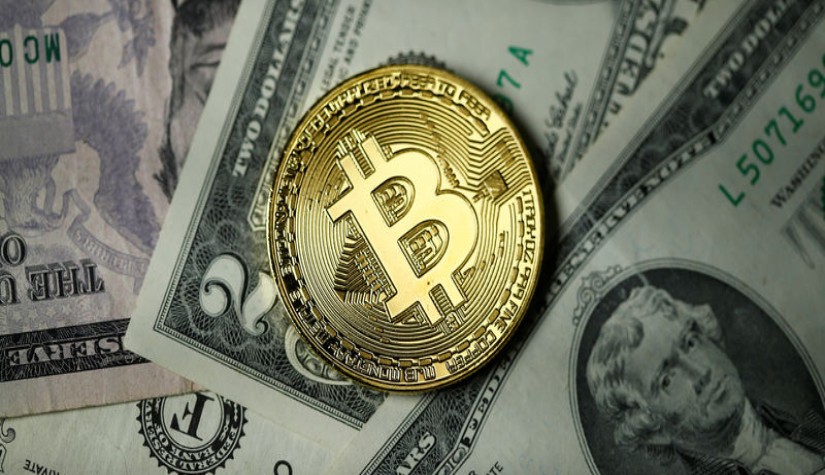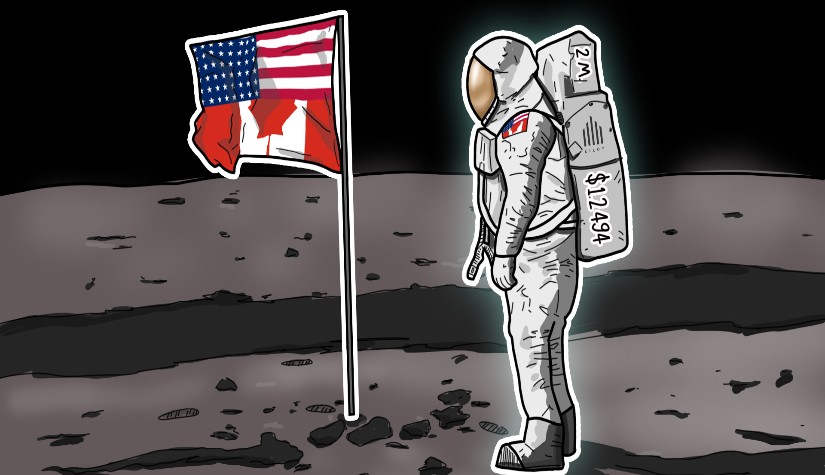The Eurozone economy is beginning to stabilize again.
The euro slightly depreciated due to continued forecasts of slowing inflation. This has led to a more positive outlook among investors. Meanwhile, the fact that the economies within the member countries have not slowed down significantly is considered another positive factor that could provide the European Central Bank (ECB) with more guidance in adjusting its monetary policy in the future. However, the German economy, one of the largest in the Eurozone, continues to show signs of slowing, driven by increasing production costs and rising unemployment rates.
Bank lending to households in the Eurozone increased by 0.5% year-on-year to 6.883 trillion euros in July. This rise in lending suggests that households in the Eurozone still have the capacity to spend, which could help support the economy in the long term. At the same time, loans to companies increased by 0.6% to 5.140 trillion euros, slowing down from a 0.7% increase in June. The overall growth of private sector credit, which includes both households and non-financial companies, rose to 1.3% from 1.1%.
Policymakers at the European Central Bank decided not to cut interest rates at their July meeting, opting instead to keep rates unchanged until at least September to assess the overall economic conditions and guide future economic growth. According to the meeting report, the ECB provided only limited guidance on the potential for future interest rate cuts.
Although the ECB decided to keep interest rates unchanged in the most recent meeting, investors believe that the central bank will definitely cut rates again on September 12, due to a projected decline in inflation rates and the challenges posed by the recent period of tight monetary policy. A prolonged period of high-interest rates could directly impact the economy. Moreover, another rate cut in September aligns with investor expectations that the U.S. Federal Reserve will also reduce rates in the same month, which would minimize any impact on the currency pair.
The Eurozone Economic Sentiment Indicator rose to 96.6 in August, as investors and companies began to feel more reassured that the Eurozone economy might avoid a recession. Meanwhile, other key indicators have shown more stable signals across both the industrial and service sectors.
Techical analysis data (5H)
Resistance: 0.9043, 0.9063, 0.9096
Source: Investing.com
Buy/Long 1: If the price touches support in the price range of 0.8957 - 0.899 but cannot break the support at 0.899, you may set a TP at approximately 0.9063 and SL at around 0.8937 or according to your acceptable risk.
Buy/Long 2: If the price breaks the resistance in the price range of 0.9043 - 0.9063, you may set a TP at approximately 0.9096 and SL at around 0.8957 or according to your acceptable risk.
Sell/Short 1: If the price touches resistance in the price range of 0.9043 - 0.9063 but cannot break the resistance at 0.9043, you may set a TP at approximately 0.8957 and SL at around 0.9096 or according to your acceptable risk.
Sell/Short 2: If the price breaks the support in the price range of 0.8957 - 0.899, you may set a TP at approximately 0.8937 and SL at around 0.9063 or according to your acceptable risk.
Pivot point August 29, 2024 07:43 PM. GMT+7
|
Name
|
S3
|
S2
|
S1
|
Pivot Points
|
R1
|
R2
|
R3
|
| Classic | 0.8937 | 0.8957 | 0.899 | 0.901 | 0.9043 | 0.9063 | 0.9096 |
| Fibonacci | 0.8957 | 0.8977 | 0.899 | 0.901 | 0.903 | 0.9043 | 0.9063 |
| Camarilla | 0.9007 | 0.9012 | 0.9017 | 0.901 | 0.9027 | 0.9031 | 0.9036 |
| Woodie's | 0.8943 | 0.896 | 0.8996 | 0.9013 | 0.9049 | 0.9066 | 0.9102 |
| DeMark's | - | - | 0.9 | 0.9015 | 0.9053 | - | - |
















